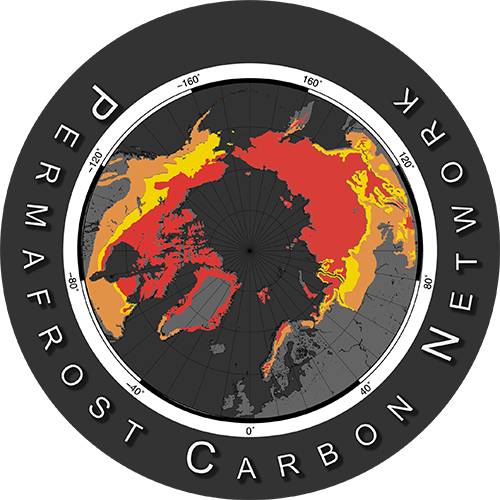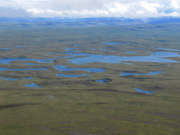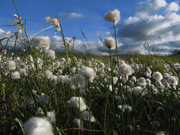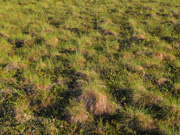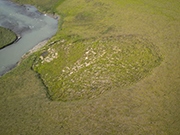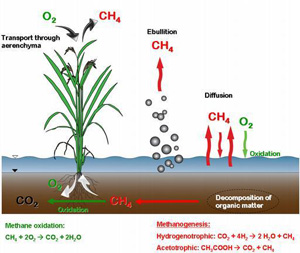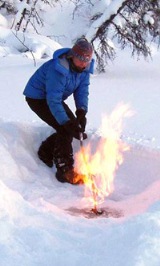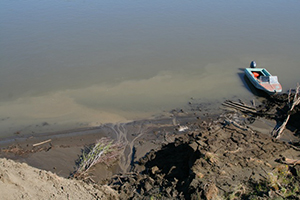Working Group: Anaerobic and Aerobic Carbon Fluxes
Background and Objectives:
Hydrological conditions and processes are critical for ecosystem carbon cycling, both through their control of dominant microbial mineralization pathways that determine the relative rates of carbon dioxide and methane production and through lateral movement of carbon from terrestrial to aquatic ecosystems. Climate change and permafrost thaw will alter the hydrology at high latitudes, with implications at both local scales as well as at the pan-arctic scale. Consequently, the impact of permafrost thaw on carbon cycling and storage at high latitudes will be intrinsically linked to altered hydrological conditions and need to be considered together.
Some question that this working group addresses:
completed synthesis products
Environmental and physical controls on northern terrestrial methane emissions across permafrost zones
As a first product, we have compiled a database of chamber-based methane data from wetland ecosystems across the permafrost zones, based on studies published over the last three decades. The results stress the interacting effects of site wetness, vegetation composition and soil temperature in controlling methane emissions – all variables that change following permafrost thaw in wetlands. In contrast, we did not find any conclusive evidence that permafrost thaw will enhance methane emissions as a result of increased soil organic carbon stores that become available for microbial degradation.
Olefeldt D, Turetsky MR, Crill PM, McGuire AD (2013) Environmental and physical controls on northern terrestrial methane emissions across permafrost zones. Global Change Biology, 19, 589–603, doi: 10.1111/gcb.12071
Climate-sensitive northern lakes and ponds are critical components of methane release
In a second product, members of the Permafrost Carbon Network estimated methane emissions from lakes. By compiling previously reported measurements taken at a total of 733 northern water bodies -- from small ponds formed by beavers to large lakes formed by permafrost thaw or ice-sheets -- researchers were able to more accurately estimate emissions over large scales. With climate warming, particularly at high northern latitudes, longer ice-free seasons in combination with permafrost thaw is likely to fuel methane release from lakes, potentially causing their emissions to increase 20-50 precent before the end of this century. Such a change would likely generate a positive feedback on future warming, causing emissions to increase even further
Wik M, Varner RK, Anthony KW, MacIntyre S, Bastviken D (2016) Climate-sensitive northern lakes and ponds are critical components of methane release. Nature Geosci, https://doi.org/10.1038/ngeo2578
Reviews and syntheses: Effects of permafrost thaw on Arctic aquatic ecosystems
A review by Vonk et al. 2015 gives an overview of the current state of knowledge regarding how permafrost thaw affects aquatic systems. The review describes the general impacts of thaw on aquatic ecosystems, pathways of organic matter and contaminant release and degradation, resulting emissions and burial, and effects on ecosystem structure and functioning. The paper concludes with an overview of potential climate effects and recommendations for future research.
Vonk JE, Tank SE, Bowden WB, Laurion I, Vincent WF, Alekseychik P, Amyot M, Billet MF, Canário J, Cory RM, Deshpande BN, Helbig M, Jammet M, Karlsson J, Larouche J, MacMillan G, Rautio M, Walter Anthony KM, Wickland KP (2015) Reviews and syntheses: Effects of permafrost thaw on Arctic aquatic ecosystems. Biogeosciences, 12, 7129-7167. doi: 10.5194/bg-12-7129-2015
back to top
